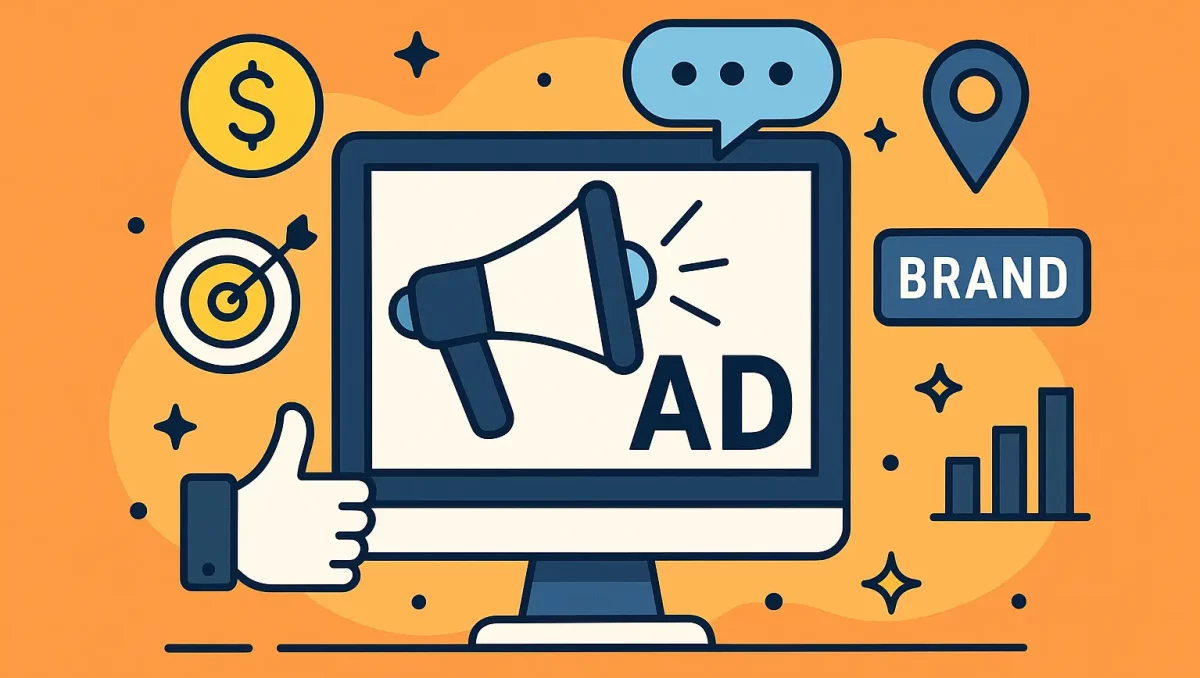I’m Kayla. I run a small shop and do ads for a couple local brands. I’ve used Peacock’s ad platform for three real campaigns. I was nervous at first. TV feels big. But it also felt fun. And yes, it works—mostly. For a deeper, side-by-side breakdown of another marketer’s Peacock run, you can skim this campaign teardown.
What I Actually Ran
-
Brand 1: My coffee gear shop (Father’s Day sale)
- 15-second video. A dad making cold brew in a sunny kitchen. Close-up on ice. A quick pour. Simple voiceover: “Better coffee, right at home. Father’s Day deal ends Sunday.”
- Big white QR code in the corner. Short URL on screen.
- Geo: Chicago and nearby suburbs. Ages 25–54. Interest in food and sports.
-
Brand 2: A local gym (summer trial)
- 30-second video. Real members. Lots of sweat and smiles. Coach says, “First week’s on us.”
- No QR code this time. Big text CTA: “Search: Northline Gym.”
- Geo: 10-mile radius. Daytime and early evening only.
-
Brand 3: An indie board game (prelaunch)
- 15-second “how it plays” demo on a table. Hands moving pieces. Dice shake. Final shot: “Kickstarter starts Tuesday.”
- QR code plus “notify me” text.
- Target: national, but with a cap on daily spend.
I picked shows that fit. The coffee ad ran during comedy and soccer mornings. The gym ad ran around reality shows and news. The game ad ran near late-night movies and some sports replays. I didn’t pick exact shows. But I did steer the categories. That part felt easy.
Setup: Simple, But Not Fast
The self-serve tool felt clean. If you’re brand-new, Peacock also walks through every step in their official how-it-works guide. I set a budget, a schedule, and my target. I uploaded .mp4 files. The checker flagged my audio once. It said the music was too loud. I fixed it in Premiere and re-uploaded.
Approvals took time. Two ads cleared in about 18 hours. One took almost two days. Not a deal-breaker. But if you’re running a flash sale, plan ahead.
Frequency caps helped. I set 3 per day for the gym. It kept folks from seeing the same spot over and over. You know how annoying that gets.
Real Results (My Numbers)
-
Coffee gear (Father’s Day)
- Budget: $2,500 over 10 days
- Average CPM: $22
- Video completion rate: 95%
- QR scans: 0.28%
- Lift in direct site visits: about 12% during the run
- Sales tagged by last-click from QR: $41 cost per purchase
- Soft win: We got three nice emails saying, “Saw you on Peacock!”
-
Local gym (summer trial)
- Budget: $1,200 over 7 days
- CPM: $19
- Completion: 93%
- Branded search up 18% on Google during the run
- 37 new trial sign-ups (we asked “How’d you hear about us?”—many said Peacock or “TV on my phone”)
- We saw a dip on day 3 at noon; moved spend to evenings; sign-ups jumped the next day
-
Board game (prelaunch)
- Budget: $1,000 over 5 days
- CPM: $24
- Completion: 96%
- QR scans: 0.44%
- Kickstarter notify-me adds: 312 total; about 90 came right after our biggest night on Peacock
- One fun note: People mentioned “the dice sound” in comments on our social. Tiny detail, big memory.
Are these perfect? No. But the reach felt real. And the video completion was strong. TV viewers just sit and watch. That helps.
What I Liked
- Brand-safe shows. I felt comfortable showing my brands beside soccer, comedy, and big studio stuff.
- Clean targeting. City-level, age ranges, and interest buckets were enough for me.
- Frequency caps that actually worked. Thank you.
- Support chat answered me fast. I asked about a pacing issue. They pushed a fix the same afternoon.
- Reporting was clear: spend, impressions, completions, and a basic reach model.
Curious about how the exact opposite—explicit content inventory—plays out? Check out what happened when I tried Brazzers advertising.
What Bugged Me
- Approvals can drag. Two days is long when your sale ends Sunday.
- Limited knobs. I wanted tighter control—exact show lists, finer age slices, or device-only splits. Not there.
- A/B testing was clunky. I had to clone the campaign and change the creative. It works, but it’s manual.
- Daypart rules felt touchy. One time the ad still served a bit past my set window. Not a lot, but I noticed.
- QR scans look low if your QR is tiny. I learned that the hard way.
If you ever need to keep explicit or borderline placements completely out of your mix, here’s a solid guide to the best filters and block-lists I’ve found, courtesy of this test of adult GIF ad tools.
Little Things That Mattered
- Sound design matters on TV. The ice clink in my coffee ad stuck in people’s heads.
- Bright text beats fancy fonts. Big, high-contrast words won every time.
- Clear CTAs. “Scan for 20% off” did better than “Learn more.” Shocker, I know.
Who It Fits
- Local brands with a tight story. Gyms, clinics, restaurants, car detailers.
- DTC shops with video ready to go. Short, punchy 15s spots shine.
- Events and launches. A weekend marathon, a pop-up market, a Kickstarter week.
For ultra-local apps—dating or hook-up platforms especially—Peacock’s city-level targeting keeps every impression inside your service area. A quick scroll through Plan Cul Lyon reveals how focusing copy, offers, and testimonials on a single city can spike sign-ups and cut ad waste by speaking directly to Lyonnais singles.
Likewise, marketers eyeing Virginia’s adult-services scene can study how Erotic Monkey Lynchburg organizes verified reviews, recent activity stamps, and a city-focused layout to build trust and drive bookings—insights you can adapt for any geo-targeted creative.
For a broader playbook on tailoring campaigns across multiple streaming platforms, check out Hunt Mads for a quick, actionable breakdown.
If you need deep audience layers, or heavy retargeting, you may feel boxed in. I still use YouTube and Meta for that. Peacock felt more like “Hey, we’re on TV!” with decent targeting and fair prices.
My Honest Take
Peacock advertising gave me solid reach, high video completion, and real lift in branded search and site traffic. My sales were good, not wild. But the brands looked bigger. That has value. People trust what they see on a big screen.
Would I run it again? Yes. For seasonal pushes—Father’s Day, back-to-school, holiday gifts, big game weekends—I’m in. I just start two days early, so approvals don’t bite me.
Tips I Wish I Knew Before
- Use a big QR code. Top-left or bottom-right. Hold it for at least 5 seconds.
- Put your offer in the first 3 seconds. Don’t wait.
- Aim for 15 seconds. It’s cheaper and keeps focus.
- Cap frequency. 2–3 per day was my sweet spot.
- Watch time-of-day. Evenings beat mid-days for my gym and coffee ads.
- Cut a “silent-safe” version. Many folks watch with low volume.
- Track branded search. It jumped during my runs and told the story.
A Quick Example Script You Can Steal
- 0–2s: Fast hook. “Father’s Day deal, 20% off.”
- 2–7s: Show the product doing its thing. One clear shot, not five.
- 7–12s: Social proof or a short line. “4,000 five-star brews.”
- 12–15s: Big CTA and QR. “Scan now. Ends Sunday.”
Final Call
Peacock ads felt like a smart middle ground. Not old-school TV. Not pure click-chasing either. For me, it landed at a strong 4 out of 5. Easy enough to use. Good results. A few rough edges. But you know what? Seeing my little brand on the same screen as the soccer match my dad was watching—yeah, that felt pretty great.

